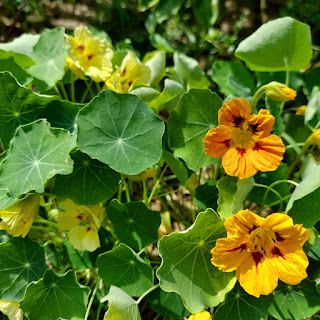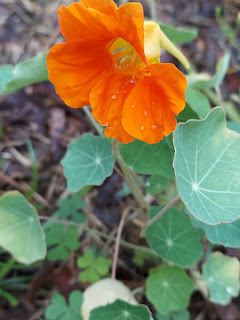National Seed Swap Day is the last Saturday of January
I spent some time preparing for National Seed Swap Day by harvesting zinnia, marigold, and flaming celosia seeds from the dead flower heads I collected at the end of last summer. It's easy and very gratifying because these little seeds are free and they will produce beautiful plants in your garden this summer.
Watch my video showing the process of collecting seeds from your dead flowers.
I will bring 20 packets of seeds to the event I am attending on January 27 in Maryland. And I will leave with lots of new seeds for my garden this year! #SEEDSWAPDAY is a way to meet other gardeners in your community and learn about flowers, vegetables, and herbs that you may have never heard of. Like last year I got some seeds for a variety of tomato called Abraham Lincoln. Who knew! Search for a seed swap in your area.
 |
| The seeds above will grow into this beautiful plant. |
Garden Planning
Garden planning gets me through the long cold winter and helps with my success this summer. I have time to dream about my outdoor space and what I want it to be this year. During the COVID period when I was working from home five days a week and not leaving the house except for the grocery store, I started looking at my outdoor space in a different way. It brought me serenity every day whether I was working in the dirt, cutting flowers for bouquets in the house, eating my lunch on the patio, reading in the evenings, and so many other ways. It became part of the living space of my home. I had never looked at it that way before.










